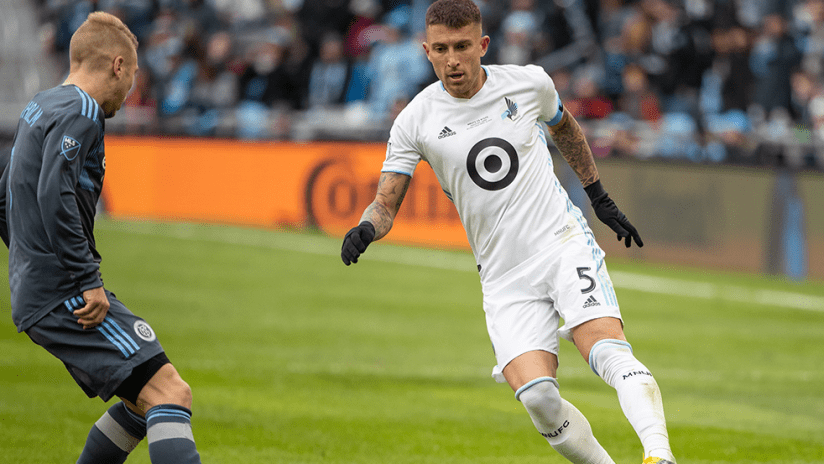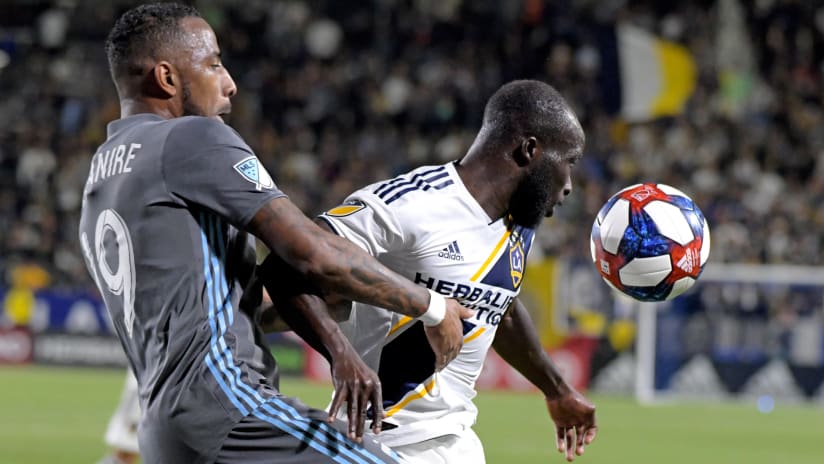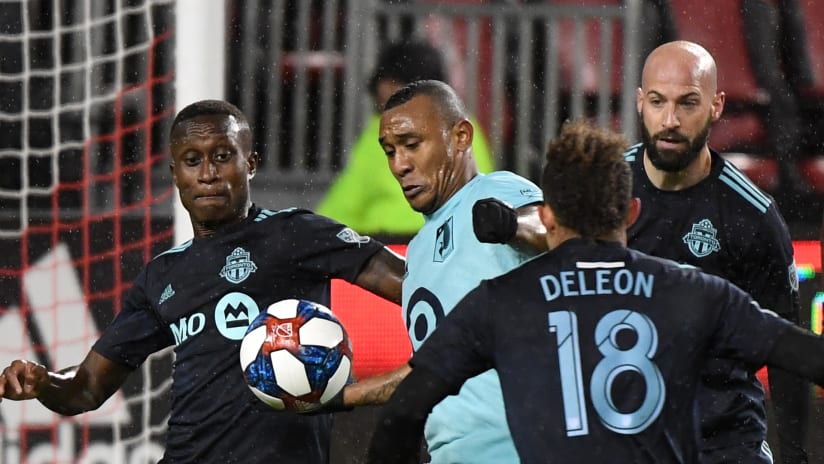A passion for a sport is often passed down, generation to generation, through a love of a particular team. But when that’s not the case, we often find our way into a sport through a smaller access point: a particular player who captures our imagination, who gets their hooks into us.
Who that player is probably says more about us than it says about the player. Most little kids are plainly and openly fans of the best player they know. In basketball, it was Jordan, then Kobe, then LeBron. In soccer, maybe Ronaldinho, then Ronaldo or Messi. Children — still in the throes of figuring out what they’re going to become and how to get there — are naturally attracted to successful, talented players who embody the acme of what a human athlete can do.
As we get older, though, our joys and satisfactions become more subtle. When I first got into basketball, it was through Allen Iverson’s dizzying array of crossovers, hesitation dribbles and reckless forays to the rim. But as my understanding of the game matured, I found myself drawn to the largely unheralded, more in-between games of players who will never be household names like Thad Young, Pablo Prigioni and Kyle Korver. These were players with a skillset who found a seam they could work and then worked it and worked it.
So when it came to soccer, I found that I gravitated toward the often underappreciated role of the center back, and — when it came to MNUFC — toward Francisco Calvo. Although he was one of the marquee signings for the team prior to the start of their first MLS season, it's rare that a central defender will ever garner the kind of acclaim and recognition afforded strikers and flashy wingers. Calvo was already an established cog in the Costa Rica national team when he was signed, but it’s fair to say no one could foresee just how important he would become to the Loons when he joined the team.
Consider: Calvo — who earned the captain's armband early in the year — missed seven matches to a combination of international call-ups for Costa Rica and paternal leave following the birth of his son, yet he started in and played all 90 in each of Minnesota United’s ten wins this season. He did the same in four of the team's six draws. Early on, his partnership with Brent Kallman was key to stabilizing the backline and getting the defense up to the place where the attacking play could win them some matches. Later in the season, as he worked in tandem with Michael Boxall, he began to open up his game and contribute more on offense. It was a talent that was also on display for Costa Rica in its match against Canada in July, where he scored the equalizer in a 1-1 draw in Gold Cup play.
For the Loons, he got things on track after a sloppy first half against Houston that saw MNUFC down 2-0 heading into the break. His header in the 50th minute of that match off a cross from Kevin Molino sparked a comeback that would earn the Loons a point in a 2-2 draw.
And in the final match of the year against the San Jose Earthquakes, Calvo notched a very similar header off a setpiece that drew MNUFC level.
Aside from scoring, though, Calvo also showed off ballhandling and playmaking that hint at an expanded role for him up the pitch as the team grows into itself. Just when you think you've got him pegged as a defender who can get up for set pieces, he'll throw out a Maradona in the opposing team's box that led to a goal from Ethan Finlay.
Little flashes like that are tantalizing, while his timely clearances are compelling. And, like most young players, he makes mistakes as well. But all the above moments are just that: moments. There are more moments for Calvo that you might miss: his hand upraised as he exits the tunnel at TCF Bank Stadium, eyes closed against a setting sun; kneeling on the field with his arms outstretched before kickoff; celebrating Miguel Ibarra’s first goal of the year in a coordinated dab. He wears his heart on his sleeve, in some ways literally: the rose tattoo on his left hand is for the twin daughters he and his wife lost in a miscarriage last year. “They are always in my body,” he told the Pioneer Press.
As an observer, it can often be hard to tell what makes a good center back or a good captain because so much of the work — the positioning, the communication, the time spent in the locker room or at practice — goes unnoticed. Some of it we can see if we look closer, but some of it will always go unseen. That doesn't mean we can't feel it, though. It's the stuff that draws us to a player. It's the sense that between all those moments is a connective tissue, an earnestness and open-heartedness that makes Calvo easy to root for, to get behind, even as we're still only just getting to know him.





